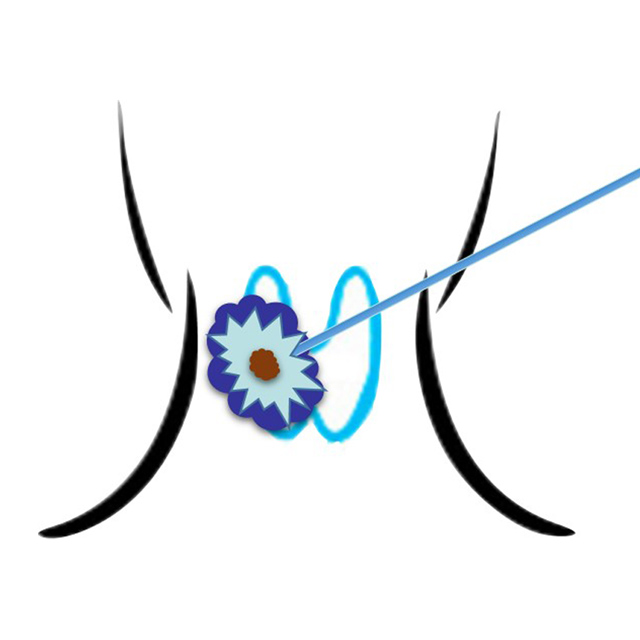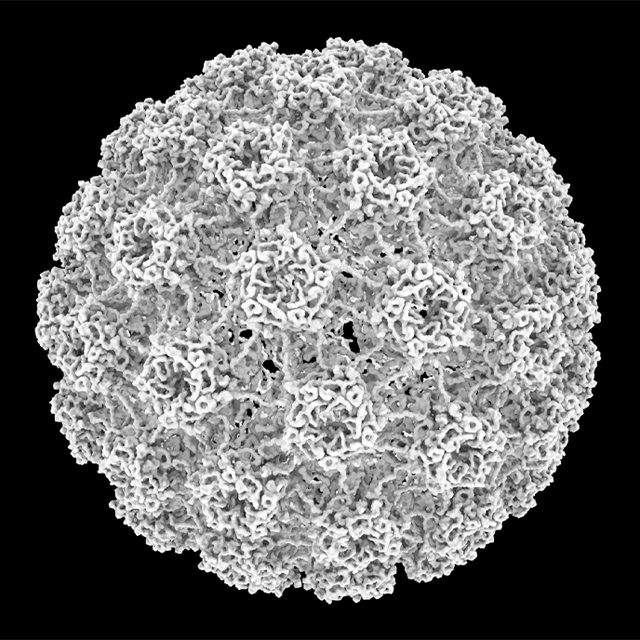Above: After being treated at Johns Hopkins by Jean Kim, left, patient Shadi Baniani was compelled to raise awareness of AERD and to raise funds to fuel future research.
When 38-year-old Shadi Baniani moved to the Northern Virginia area from her native California in 2008, she got the flu for the first time. Rather than feeling better in a week or two, as most patients do, her illness dragged on, morphing into asthma and a series of sinus infections.
Baniani, who works in the U.S. Patent Office as a patent quality assurance specialist, visited doctor after doctor, and remembers hearing the same diagnosis again and again: “This is just allergies. Everything will be okay.”
As time passed, she felt only worse, losing her sense of balance, developing intense migraines, and gradually losing her ability to breathe sustainably. Eventually, Baniani landed at Johns Hopkins in the office of otolaryngologist–head and neck surgeon Jean Kim, where she delivered a stunning diagnosis: a condition called aspirin-exacerbated respiratory disease, or AERD, a triad that includes a proliferation of nasal polyps, intense asthma and a sensitivity to aspirin and its derivatives that can trigger respiratory distress.
After an initial surgery to clear her nose and sinuses of polyps, Baniani’s asthma and other lower respiratory symptoms dramatically improved. Though she described the procedure as life-changing, it wasn’t permanent. Polyps caused by AERD gradually grow back after surgery, explains Kim, necessitating follow-up procedures to keep them in check. Respiratory symptoms must also be managed with a regimen of inhalers and oral steroids, drugs that cause a host of dangerous side effects.
With each exacerbation of her disease, Baniani’s friends and family members began to ask more questions about the disease, and she recalls that none of them had heard about the condition. Kim explains that the disease is underfunded by agencies in the U.S. and there are few resources for research showing progress toward a cure.
To raise awareness and funding for research into the disease, Baniani and her friends organized a charity event at a restaurant in Falls Church, Virginia. Some of her friends are in a band called Feel My Tips, so they performed, and the restaurant owners donated the space. Local businesses gave gift cards to raffle off at the charity; friends and family donated directly to Kim. Baniani raised an approximate total of $7,000. She hopes to replicate this success at an upcoming dinner in California.
All monetary donations that were raised went to Kim’s continuous research for AERD, which has been ongoing for decades in search of a cure. Kim’s and her colleagues’ works suggests that AERD’s nasal polyps are driven by a characteristic pattern of inflammation, “If we can understand what sparks these polyps and propels their growth, we might identify new drug targets that could make a huge difference for patients with this condition,” Kim says. Baniani’s ultimate wish is that one day Kim and her colleagues will find a cure for AERD. However, for now, Baniani is happy that any funding and awareness that can be raised for this disease is a possible step toward a cure. “Even though it’s such a small amount, this money could help patients like me have a treatment that’s a little more permanent than the options we have now. I have a lot of hope.”
To support this research call 410-287-2124.


